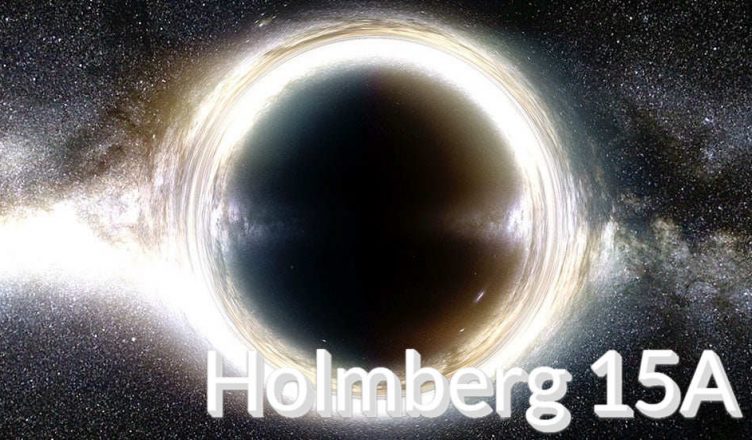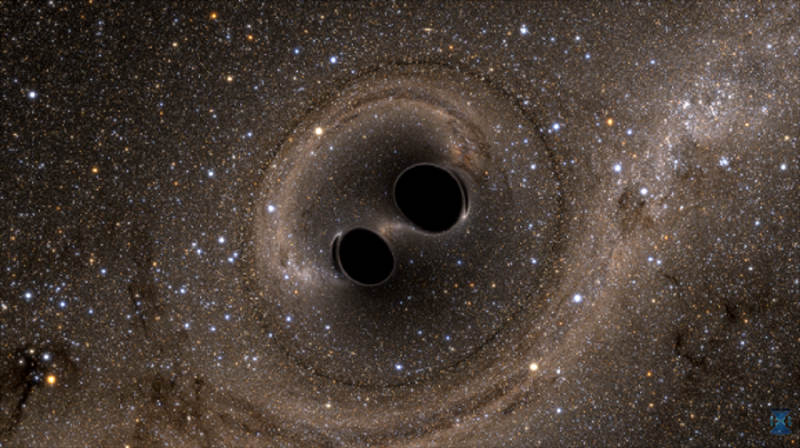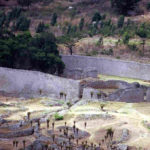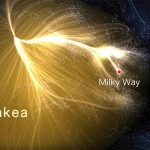In August 2019, scientists discovered an extremely massive black hole in the constellation Cetus, located about 700 million light-years away from Earth. This black hole, equivalent to 40 billion times the mass of the Sun, is known as the central black hole of the Holmberg 15A galaxy. Mentioning this black hole inevitably leads to the mention of the world’s largest observatory, the Parina Observatory.
During the summer of 2019, a collaborative team of astronomers consisting of several researchers came to the Parina Observatory located in the southern region of Chile. They embarked on a month-long academic study of the Holmberg 15A galaxy, which is situated 700 million light-years away. Based on telescope imaging, they observed a bright star orbiting the center of this galaxy at an incredibly high speed. Astronomers speculated that there might be a supermassive black hole at the center.
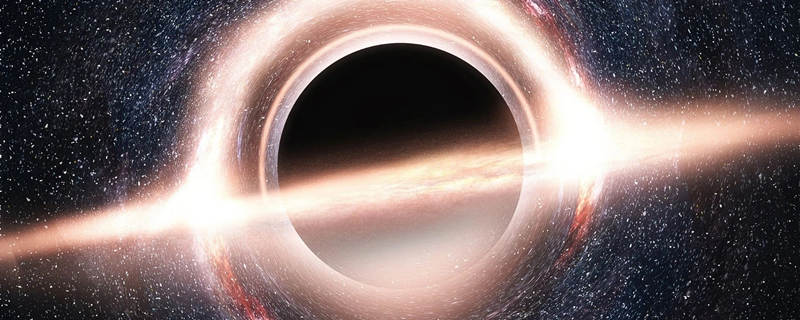
Subsequently, astronomers used more precise and complex calculations to confirm the existence of this black hole. This black hole boasts a mass equivalent to 400 billion times that of the Sun, with a radius exceeding the combined orbits of all the planets in the solar system. According to scientists, this black hole, along with the one in the Canes Venatici constellation, Ton 618, can be considered the largest known black holes in the universe. Research suggests that these black holes formed as a result of the merger of two early galaxies, a rare occurrence in this type of galaxy merger.
Here are ten key points about Holmberg 15A:
- Holmberg 15A is located in the Abell 85 galaxy cluster, approximately 700 million light-years from Earth, which comprises around 500 galaxies.
- Holmberg 15A is the central galaxy in the Abell 85 galaxy cluster and possesses an immense mass, estimated to be 50 trillion times that of the Sun, making it many times more massive than the Milky Way.
- All large galaxies have supermassive black holes at their cores, with masses typically in the range of millions to billions of times that of the Sun.
- The mass of the galaxy’s black hole is often indirectly determined, with estimates ranging from billions to hundreds of billions of solar masses, making it one of the largest known black holes.
- Some astronomers have proposed that Holmberg 15A’s core may harbor a binary black hole system, a rare occurrence typically resulting from the merger of two large galaxies.
- Binary black hole systems can influence the orbits of stars in their vicinity, potentially leading to stars being ejected from the central region and causing the core to appear darker.
- A 2014 paper suggested that Holmberg 15A’s core might host a binary black hole system, but subsequent research challenged this notion.
- Research in 2020 indicated that atmospheric distortion effects on Earth might make Holmberg 15A’s core appear darker than it actually is, undermining the binary black hole hypothesis.
- Deep high-resolution radio observations did not find evidence of a binary black hole system in Holmberg 15A’s core but revealed material ejection from the nucleus.
- Recent research indicated that the bright source near Holmberg 15A’s core is a quasar, with its central black hole emitting X-rays. However, this quasar is not co-located with the galaxy’s core and thus does not confirm the presence of a supermassive black hole there.
END:
Based on the above article, there is a certain degree of uncertainty regarding the future prospects of Holmberg 15A. However, there are potential research and exploration directions:
- Further Research: Despite multiple studies on the core of Holmberg 15A, there is still some uncertainty about its nature. In the future, astronomers may continue to conduct more precise observations and calculations to determine whether the core indeed contains a binary black hole system or a supermassive black hole.
- High-Resolution Radio Observations: The use of higher-resolution radio observation equipment may help unravel the mysteries of Holmberg 15A’s core, especially in detecting evidence of a binary black hole system.
- Space Observatories: There may be more space telescopes and probes in the future, which can provide clearer and less affected by Earth’s atmosphere observations, potentially revealing the true nature of Holmberg 15A’s core.
- Advancements in Astronomical Technology: With the continuous advancement of astronomical technology, we may gain more information about Holmberg 15A, helping us better understand whether it contains a massive black hole or a binary black hole system.
In summary, while Holmberg 15A currently remains shrouded in mystery, future research and technological advancements hold the promise of providing more information about this galaxy’s core, aiding scientists in gaining a better understanding of its nature and evolutionary history.
More UFOs and mysterious files, please check out our YouTube channel: MysFiles
Is the moon artificial? Evidence Proves the Moon Was Unnaturally Formed
